Cross-sector collaboration for sea cucumber success
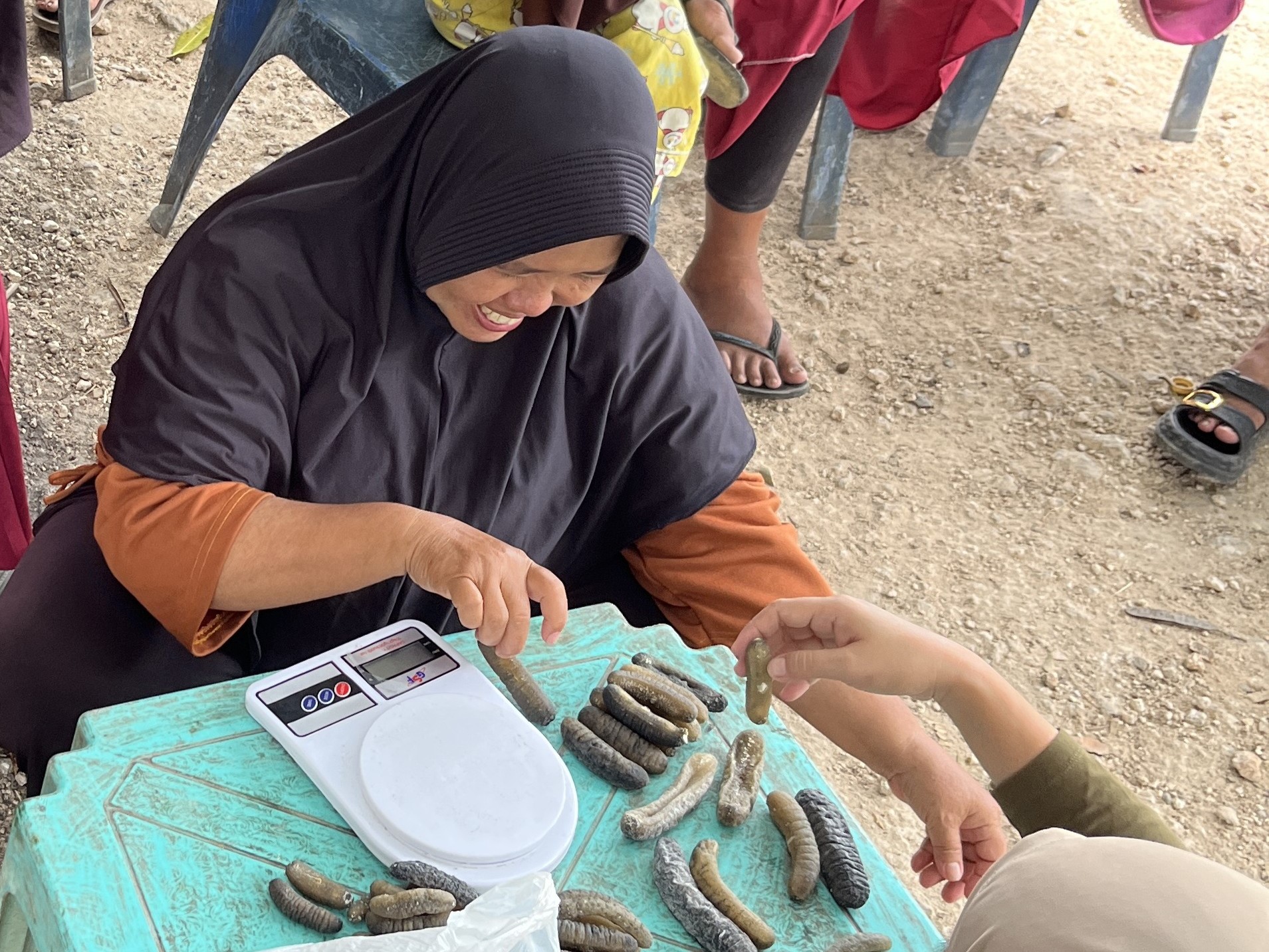
Women in Selayar Islands checking dried sea cucumbers. Credit - CSERM UNAS (Centre for Sustainable Energy and Resources Management, Universitas Nasional).
Sharing the responsibility of sustainable aquaculture
Sea cucumbers (Holothuria scabra), or sandfish as the cultivated commodity, have a strong and positive association with seagrass beds. Seagrass beds provide habitat for sandfish, which contribute to the fertilisation of seagrass ecosystems through their burial and feeding activities. Unfortunately, sea cucumbers are facing an increased demand in the global market, putting pressure on the natural stock that is often harvested unselectively. Sea cucumber aquaculture is a sustainable option for utilising marine resources, as it sees the production and rearing of juveniles until they reach harvestable size. This is carried out in the Selayar Islands of Indonesia, where sea cucumbers, raised in cages or pen culture, are only harvested at a size that allows for reproduction beforehand. This approach aims to achieve ecological benefits for the marine ecosystem, particularly seagrass beds, as well as economic benefits for coastal communities, particularly women, to support their well-being and empowerment.
Sandfish are raised naturally in cages without supplemental feeding for approximately eight months. They generally reach reproductive maturity at 150 g and the harvestable size can start from 200 - 300 g. Therefore, the duration of natural rearing also boosts the natural reproduction of this species.
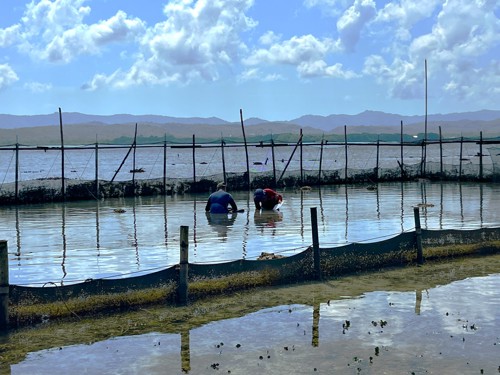
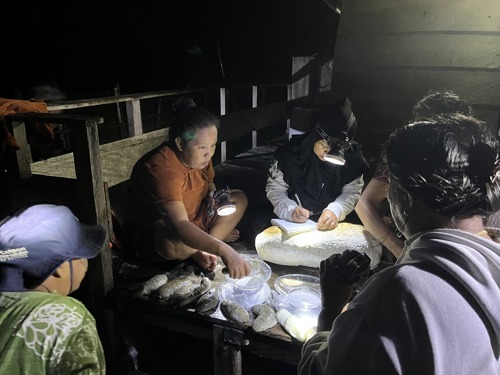
Globally, sea cucumber aquaculture has enhanced seagrass health by increasing its growth rates and coverage. In Madagascar, the presence of sandfish has been increasing the growth of the seagrass Thalassia hemprichii. In the Selayar Islands, sandfish inhabit seagrass beds consisting of various species, most commonly Enhalus acoroides. After more than a year of sandfish aquaculture in natural seagrass meadows, observations show increased seagrass growth and coverage compared to areas without sandfish cages. This finding marks a significant step in seagrass ecosystem restoration.
In addition to the recovery of the seagrass ecosystem, sandfish have also reappeared in nearby coastal areas, according to anecdotal reports from coastal communities in the Selayar Islands. Sandfish eggs can migrate with the current, so it is possible to find restored sea cucumber stocks in areas different from their rearing sites.
Comprehensive and sustainable sea cucumber aquaculture in the Selayar Islands is supported through collaboration with the local fisheries, the regional development agency, and a private partner. Extension workers, who provide training and advice, share the responsibility for community development and administrative support. Sea cucumber juvenile production can also be carried out through a small-scale hatchery owned by fisheries agencies, with guidance from researchers and the expertise of BRIN, the National Research and Innovation Agency. Capacity-building efforts, especially in sandfish processing to meet global market standards, have empowered women in coastal communities.
The exchange of knowledge and technology ensures the holistic process of sandfish aquaculture remains viable in the future, even after the programme concludes, and opens up investment opportunities for environmentally friendly and sustainable economic activities in tropical coastal regions.
Written by Qurratu Ainin. For more information on this Darwin Initiative Main project 30-025, led by Center for Sustainable Energy and Resources Management, please click here.
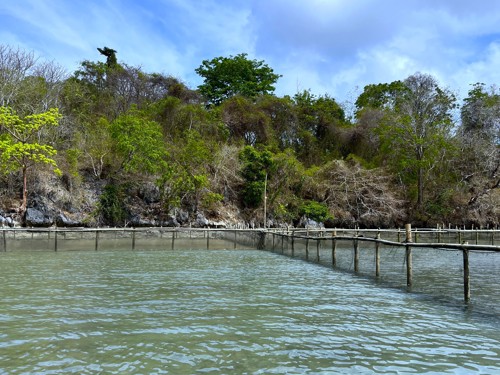
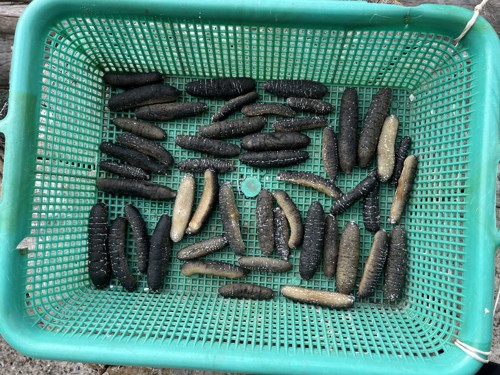
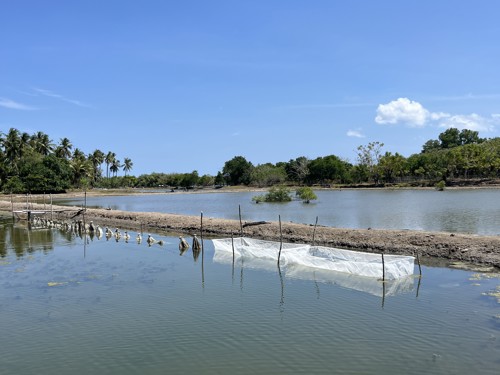
 Back
Back